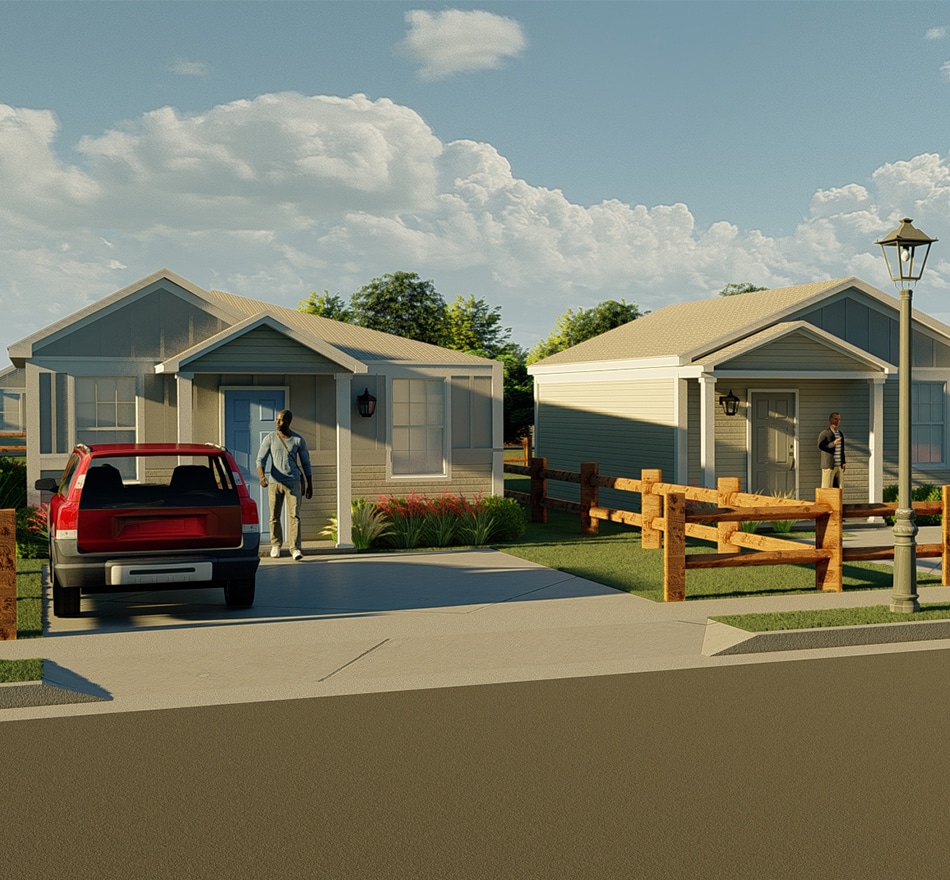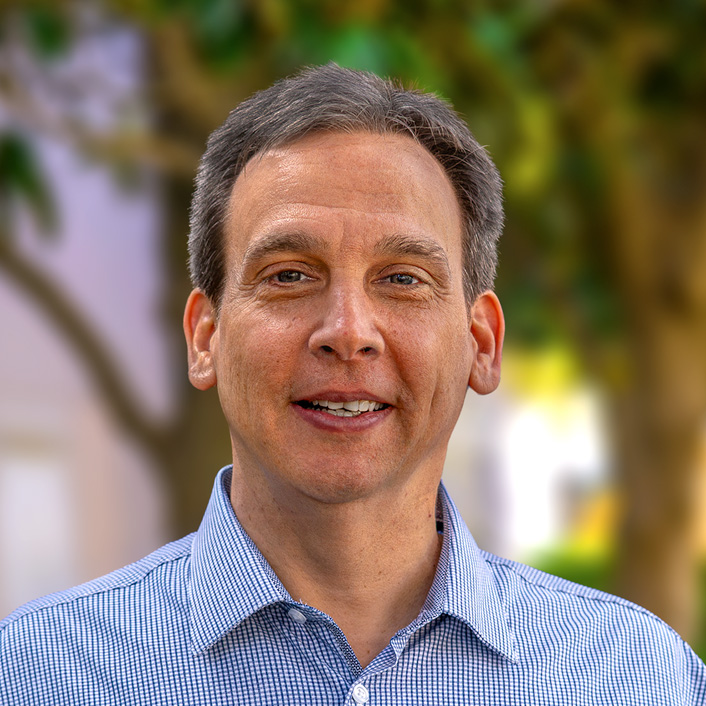Traditional real estate has dictated that there are two options when it comes to selecting a residence: either buy a house or rent an apartment. However, there’s a growing desire for a third, in between option that is not exclusive to one demographic. Kenton Miersma sees this desire for alternative housing options emerging for a variety of reasons. The simple truth is that homeowners and residents are not finding enough options to fit their wants and lifestyle in today’s real estate market. Kenton remarks that “there’s a growing desire to provide a housing product that meets the growing needs and demands of people who are in a transitional stage of life, including millennials, corporate transplants, newlyweds, divorcees, grandparents, and recent graduates.”
Millennials are transitioning out of the dorm-style apartments that lack privacy. With many recent college graduates many are not ready to purchase a home but still desire a sense of home ownership and community in where they live. Additionally, empty nesters and senior adults are looking to downsize as they enter their retirement years and desire flexibility that allows them a turn-key lifestyle to pick up, travel, and be closer to family and grandchildren. The solution to their real estate woes is a blend of both worlds, a single-family-for-rent (SFFR) product that provides the flexibility of a rental model that also creates a sense of ownership for residents.
The SFFR model is not a novel concept for the real estate market by any means but, with a consistent theme for housing options, there is a rapidly growing demand for this product that will influence how we design our communities to appeal to those with transitional lifestyles. For instance, Castle Hills, a master planned community in Lewisville, TX has traded land positioned for commercial space for a dedicated SFFR community, the Cottages at The Realm. This strategic shift in planning has allowed for those searching for an alternative or temporary housing option to see Castle Hills as a viable option. Additionally, it positions Castle Hills as a long-term community-of-choice by creating an opportunity to experience the benefits and standard of living that comes with homeownership without having to make the permanent, financial choice to buy a home.
There’s a growing desire to provide a housing product that meets the growing needs and demands of people who are in a transitional stage of life.
- Kenton Miersma

In other instances, developers are looking to build horizontally rather than vertically by applying a SFFR model to land that is currently zoned for multi-family. Heth Kendrick has been involved with Dallas’ multi-family market for the past seven years and has seen this swap of uses in both urban and suburban areas. He believes that while this unique hybrid rental model is daunting to public policy makers, it may be more accepted by community members who oppose traditional multi-family development. Unlike traditional multi-family housing, the conversation around SFFR is not exclusively focused on density but the value of creation for the end user and the community as a whole.
The benefits that traditionally come with homeownership are private lawns, spacious streetscapes and community amenities, like pools and shared open spaces. However, with a rental model, those amenities tend to be sacrificed for affordability and density. SFFR presents a unique opportunity to redefine community amenities whether they are exclusive to residents or shared with the greater neighborhood. Rather than planning for amenities that drive maintenance costs, like luxury pools and clubhouses, LandDesign is finding opportunities to create value through shared open space. Communal lawns for social gathering, unique play areas for dog parks and grilling stations, community gardens, and streetscapes that integrate cost-efficient landscaping and materials adding value to these rental communities without increasing rental costs or sacrificing quality.




The COVID-19 pandemic has only accelerated the demand for alternative housing options. The pandemic has proven the immense need for quality open spaces in which apartment living may not provide. Many enclosed courtyards and dog parks were not designed for social distancing and are less than desirable for those who want a private yard and separate communal open spaces. The SFFR model fills the gap between apartment living and traditional homes while providing quality amenities and adhering to the users’ need for flexibility.
Within the SFFR market, we are finding that land developers are approaching the end user differently, but all believe they will have the opportunity to offer something completely unique in today’s real estate market. Brian Dench believes that regardless of the approach, there’s an advantage to understanding the different ways to implement a SFFR model. He remarks that, “whether we are planning for individual single-family lots or developing the property as one overall lot, we are taking what we learn from each project and leverage our collective knowledge to create a better product for our clients.” From boutique communities that require enhanced placemaking, to navigating complex zoning and permitting requirements, LandDesign is able to tap into our decades of expertise in planning for single-family and multi-family housing to strike the right balance and deliver an attractive and competitive product to market.





